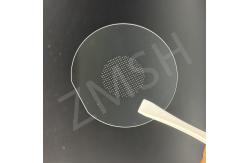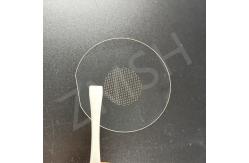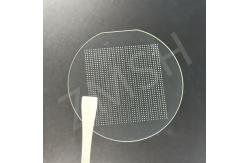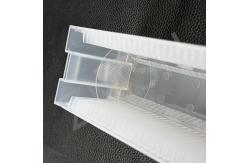TGV Glass Substrate Micro-holes Drilled High-performance Ultra-thin Transparent
|
|
TGV (Through-Glass Via) Glass is an advanced substrate technology that enables vertical electrical interconnections through micro-holes drilled into glass substrates. This innovation leverages laser drilling, electroplating, and glass strengthening processes to create high-performance, ultra-thin, and transparent solutions for 3D integration.
Key Features
Company Introduction
Our company, ZMSH, has been a prominent player in the semiconductor industry for over a decade, boasting a professional team of factory experts and sales personnel. We specialize in providing customized sapphire wafer solutions, offering both tailored designs and OEM services to meet diverse client needs. At ZMSH, we are committed to delivering products that excel in both price and quality, ensuring customer satisfaction at every stage. We invite you to contact us for more information or to discuss your specific requirements.
Material Selection
Key Differences: Sapphire vs. Glass:
TGV Glass Applications
Product Display - ZMSH
TGV Glass FAQ
Q: What industries benefit most from TGV Glass? A: TGV Glass is ideal for applications requiring high density, transparency, and reliability. Key sectors include:
Q: How does TGV Glass improve device performance? A: By enabling 3D circuitry in ultra-thin glass substrates, TGV Glass reduces size and weight while maintaining high-speed signal integrity. For example, it allows foldable screens to bend 200,000+ times without losing connectivity.
Q: Is TGV Glass compatible with flexible designs?
Related Products
|
||||||||||||||||||
| Product Tags: Ultra Thin Glass Substrate Micro Holes Glass Substrate High Performance Glass Substrate |
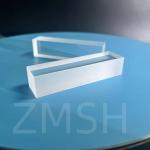
|
Sapphire Optical Lenses AL2O3 Customizable High Temperature Resistance DSP 60/40 |
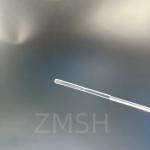
|
Sapphire Lift Pin AL2O3 0.4mm-30mm Customizable Wear And High Temperature Resistance |
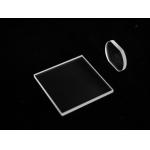
|
Quartz Optical Window BF33 Sapphire Substrate JGS1 JGS2 Fused Silica Quartz Plate |
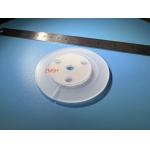
|
K9 Sapphire Quartz Optical Windows ZnSe Wafer Windows Laser Optical Glass |

|
Al2O3 Single Crystal Sapphire Glass Razor Blade Medical Sharp And Polished 38x4.5x0.3mmt |

|
High Resistant Sapphire Crystal Parts Blue Red Clear AR Coating Parts |

